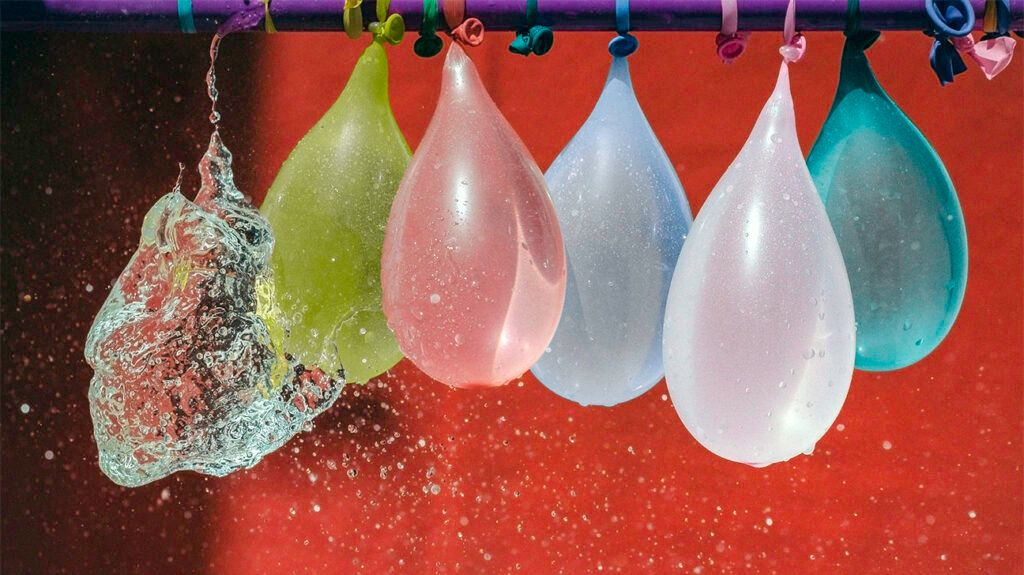A loud pop in the knee followed by pain can signify injury to the soft tissues or bone of the joint or surrounding areas.
The knee is a complex joint that facilitates movement and bears considerable load. Knee injuries can occur seemingly without cause or during a specific activity or movement. If a person hears a loud pop coming from the joint and then experiences pain, it can indicate potential injury or damage that a doctor should assess.
This article explores the causes of knee popping and pain, plus when to consult a doctor and seek treatment.

Many people’s knees make squeaking or crackling noises without there being any serious underlying condition. Doctors call this noise crepitus. However, when popping sounds or other noises are due to an injury to the soft tissue or bone of the knee, doctors
There are various causes for the noise and pain, including injuries to the ligaments, tendons, and cartilage and problems with the knee cap.
Learn more about knee pain.
If a person experiences a loud pop in the knee followed by pain, they should immediately stop any activity that may be the cause. It is best to consult a doctor for a diagnosis and treatment advice if possible.
In the meantime, the individual should rest and elevate the leg. Over-the-counter pain relievers, such as acetaminophen, may offer temporary relief.
Some causes of knee popping and pain include:
- Torn meniscus: The meniscus is a pair of C-shaped cartilage structures in the knee joint that serve as cushions and stabilizers. Injuries can cause popping, pain, stiffness, swelling, and a sensation of weakness.
- Cartilage injury: If there is damageto the articular cartilage of the knee, it can cause popping noises, inflammation, swelling, and limited range of motion.
- Patellar tendon tear: This tendon runs between the top of the kneecap and the shinbone. When torn, it can cause popping, pain, and problems straightening the leg.
- Anterior cruciate ligament (ACL) tear: This is the most common knee injury, causing severe pain and swelling.
- Lateral collateral ligament (LCL) sprain: A person with an LCL sprain may hear a popping sound and feel pain, stiffness, and weakness.
- Torn medial collateral ligament (MCL): MCL injuries cause swelling and mild to severe pain.
- Posterior cruciate ligament (PCL) injury: PCL injuries cause popping, pain, and swelling.
- Patellar tracking issues: If the kneecap does not properly move up and down in the trochlear groove, it can cause noise and pain or problems bending or straightening the leg.
In addition to the loud knee pop and pain, individuals with knee injuries may experience other symptoms such as:
- swelling and inflammation
- stiffness
- reduced range of motion
- instability or weakness in the knee
- clicking or grinding sensations during movement
While some causes of knee popping and pain may resolve with rest and home care, people should consider contacting a doctor if they experience:
- severe or persistent pain
- inability to bear weight on the affected leg
- noticeable deformity or swelling
- instability or a feeling of the knee “giving way”
- fever or warmth around the knee joint
A person may require tests to determine the cause and the extent of the knee damage. They may also require personalized treatment and management.
Diagnosing the cause of knee popping and pain involves a thorough evaluation by a healthcare professional. This may include a physical examination and imaging tests such as X-rays, MRI, or ultrasound.
In some circumstances, a person
Appropriate treatment is crucial to avoid further injuries. A
Guidelines now suggest people follow the PEACE protocol immediately after the injury. This involves:
- Protect: Protect the knee by restricting movement for 1–3 days.
- Elevate: Raise the knee above heart level to promote fluid flow out of the tissues.
- Avoid anti-inflammatories: These medications may negatively affect long-term tissue healing, especially at higher dosages. However, there is much debate about nonsteroidal anti-inflammatory drugs (NSAIDs) and injuries; some healthcare professionals and
researchers suggest they may actually help in the short term. - Compress: Use bandages to apply external pressure.
- Educate: People should understand the benefits of an active approach to recovery.
After the initial days, soft tissue injuries require the LOVE protocol:
- Load: Resume exercise as soon as symptoms allow. This promotes repair and strengthens the soft tissues.
- Optimism: People who are optimistic about recovery may have a better outcome.
- Vascularization: People should begin aerobic exercise a few days after injury, provided it is not painful to do so, to increase blood flow to the knee and improve physical function.
- Exercise: Physical activity helps restore mobility, strength, and proprioception, which is the sense of self-movement and body position. However, it is crucial to avoid anything painful.
In some cases, people may also need physical therapy to help them regain strength and mobility in the joint. Also, some severe ligament or cartilage tears may require surgery to repair them. Talking with a doctor is important to find the best forms of treatment.
The outlook for knee popping and pain varies based on the cause and how promptly a person seeks appropriate medical care. Many cases respond well to conservative treatments, while others may require more invasive interventions.
Early diagnosis and appropriate management are vital in optimizing the long-term outlook.
Various factors can cause a sudden loud pop in the knee, followed by pain, including injuries to the meniscus, ligaments, tendons, or kneecap. Additional symptoms such as swelling, stiffness, and instability may be present.
Individuals should seek medical evaluation and follow appropriate treatment plans to ensure the best possible outcome for their knee health.
